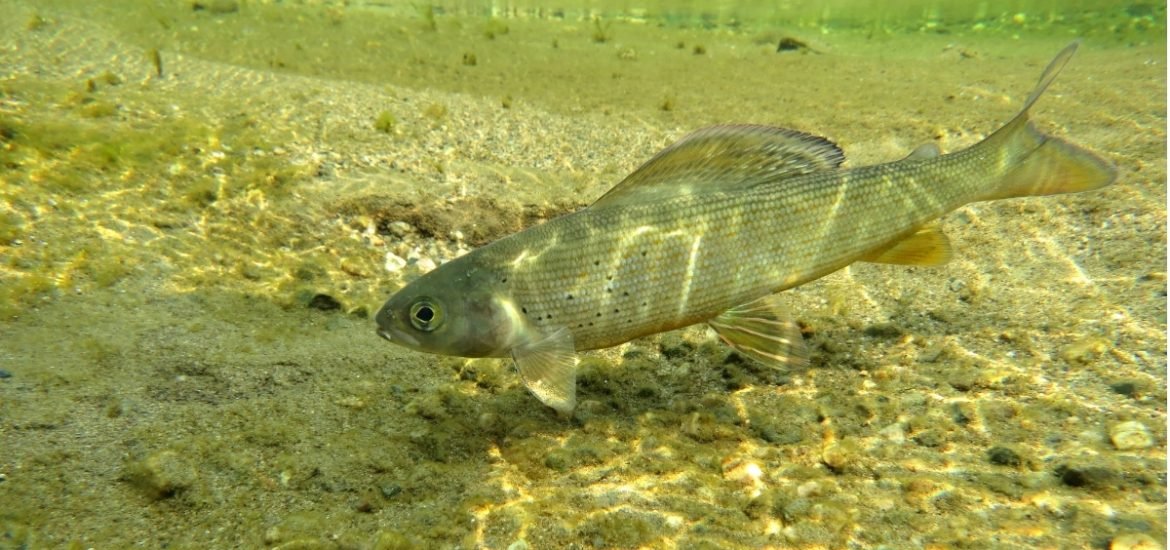
Freshwater fishes are among the most threatened groups of vertebrates and it is estimated that 39% of all European fish species face extinction within this century. During the early 2000s, systematic governmental fish monitoring programs were established in Germany and other countries and now provide data on regional fish populations, however, the data have not previously been comprehensively analysed, until now. A study published in the October edition of Biological Conservation has for the first time comprehensively analysed historical data as well as fish monitoring data from 1989 through 2013 from the Upper Danube, Elbe, and Main rivers of Bavaria, Germany (1).
In the paper, the research team led by Prof. Jürgen Geist from the Department of Aquatic Systems Biology of the Technical University of Munich present a 30-year overview of the status of 66 fish species in the Bavaria region of Europe. The findings show that the most pronounced species-turnovers occurred before the 1990s and 21 out of 69 species have already been lost. Further evidence shows a decrease in abundance, shifts towards potamal species ― those found in the lower stretches of a stream or river ― and the establishment of novel fish communities, owing to the presence of increasing populations of non-native species, which were either deliberately imported to Central Europe, such as the rainbow trout (Oncorhynchus mykiss) or the topmouth gudgeon (Pseudorasbora parva), or unintentionally brought via the ballast water of ships, such as the invasive Ponto-Caspian goby.
The majority of Bavaria’s waterways are in poor ecological condition and severe changes in species populations and the loss of diversity are most likely caused by anthropogenic influence, such as river regulations, intensification of agricultural land use, and the effects of increasing water temperatures due to climate change. This has resulted in previously widespread species like the common Dace being on the decline, whereas the numbers of generalist species, which demand very little from their habitat, are increasing. Many of the species that are particularly threatened have complex lifecycles that depend on special conditions during each phase. If optimal conditions no longer exist or fish are no longer able to migrate between sub-habitats, problems can arise.
Overall, the decline was strongest for gravel-spawning species such as the grayling (Thymallus thymallus), nase (Chondrostoma nasus), and barbel (Barbus barbus) which have undergone huge losses in both geographical distribution and numbers. The effects of increasing water temperatures and increased fine sediment loads in waterways are more than likely strongly contributing to the decline of these species. Other species identified as being under threat include the dace (Leuciscus leuciscus), chub (Squalius cephalus), trout (Salmo trutta), and minnow (Phoxinus phoxinus). These species are found in medium-sized and large rivers and therefore these native habitats should be prioritised in future conservation management efforts.
The authors conclude that the “entire assemblages of freshwater fishes, more than just a few sensitive species, are on a pathway towards extinction,” and they suggest this is the same “pattern that appears to be global in scope.” They suggest that a combined monitoring strategy ― including monitoring environmental factors affecting fish distribution and abundance as well as monitoring fish species ― will be required and would allow conservation efforts to focus on solving the root problems of decline.
(1) Mueller, M., Pander, J., and Geist, J. Comprehensive analysis of >30 years of data on stream fish population trends and conservation status in Bavaria, Germany. Biological Conservation (2018) DOI: 10.1016/j.biocon.2018.08.006